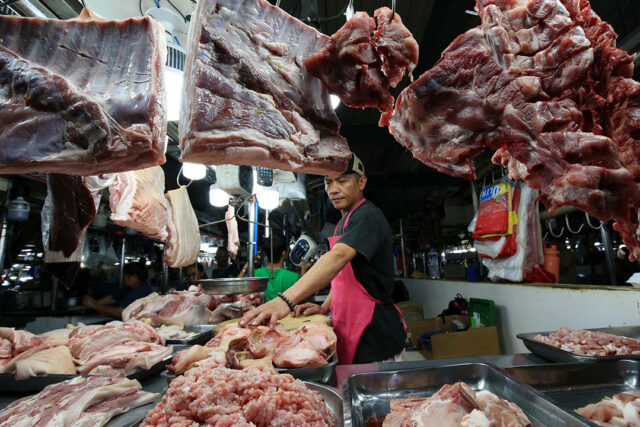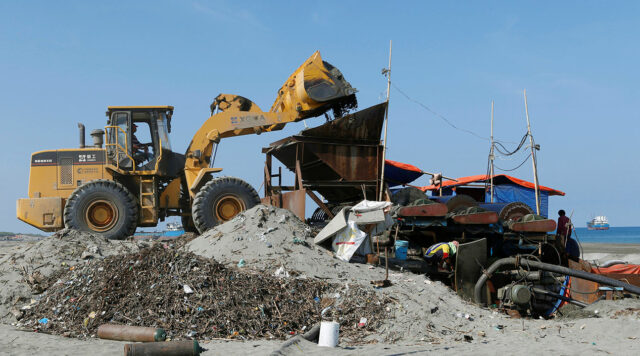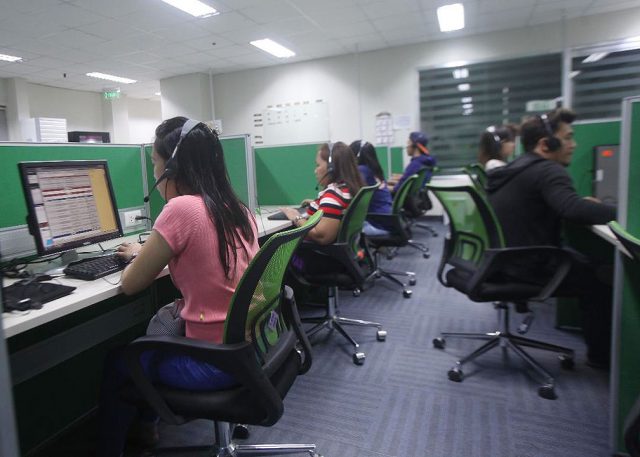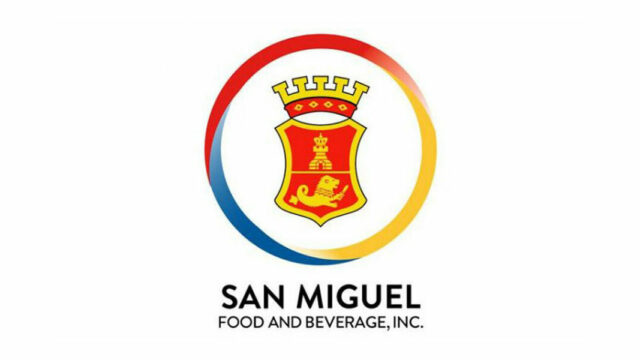‘Too soon’ to cut policy rate — BSP

By Beatriz Marie D. Cruz, Reporter
THE PHILIPPINE central bank governor on Wednesday said it is too early to cut benchmark interest rates absent an assurance that prices are really on a downtrend.
Even as February inflation stayed within the 2-4% target, the risk-adjusted forecast of the Bangko Sentral ng Pilipinas (BSP) is still at 3.9%, BSP Governor Eli M. Remolona, Jr. said.
“It’s on the edge, so I can’t say that we’re going to ease soon,” he told a news briefing. “It’s unlikely that we will tighten some more. But we’ll see what the data say.”
The BSP faces a delicate balancing act to maintain price stability and support economic growth. Central banks all over the world have tightened monetary policy since 2022 to quell inflation.
Inflation accelerated to 3.4% in February from 2.8% in January, due to higher food and transport costs. However, it slowed from the 8.6% print a year ago.
This was the first time in five months that inflation quickened but marked the third straight month it settled within the BSP’s 2-4% target.
Mr. Remolona said the February data showed it is still “too soon to declare victory” over inflation.
“We seem to be on our way, but there’s not enough data to assure us that we will settle comfortably within our target range of 2-4%,” he said.
The BSP has kept its benchmark rate steady at a near 17-year high of 6.5% in February for a third straight meeting. The central bank has raised borrowing costs by 450 basis points (bps) from May 2022 to October 2023 to tame inflation.
Mr. Remolona noted that elevated rice prices and higher-than-expected minimum wages are still upside risks to the inflation outlook.
“People tend to notice rice prices more than other prices. It has an outsized effect on expectations, so we’re struggling with this. For now, we seem to be able to manage expectations, but rice is a big factor in that,” he said.
Rice was a major contributor to overall inflation and inflation of the bottom 30% income households in February, the statistics agency said on Tuesday.
Rice inflation quickened to 23.7% in February from 22.6% in January and 2.2% in the same month a year ago. It also marked the fastest print for rice inflation since the 24.6% recorded in February 2009.
Mr. Remolona said the Monetary Board will also keep a close eye on the proposed legislated wage hike at its next policy meeting on April 4.
“The main thing is still whether there are upside risks, supply-side shocks, whether there shall be more of them, whether it will cause second-round effects,” he said.
In a note, Nomura Global Markets Research said it sees rising upside risks to its inflation forecast of 3.2% for this year, “taking into account this early re-acceleration in February, which could persist at least through Q2, in part due to less favorable base effects.”
“Rice prices could remain elevated, given drought conditions — including in major exporter Thailand — which are taking place at a time when other countries have implemented protectionist policies (e.g., India’s export bans), while import demand elsewhere is also rising (e.g., from Indonesia) to support local supply conditions ahead of the holiday season,” it said.
The proposed legislated wage hike could also pose new upside risks, Nomura said.
“When combined with prospects of supply-side constraints potentially pushing headline inflation higher, faster wage growth could lead to greater second-round effects, in our view, and raise additional concerns for BSP,” it added.
The Senate last month approved its proposed P100 wage hike, while the House of Representatives is deliberating on separate measures to increase wages by P150 and P750. Congressmen are also studying a wage hike between P350 and P400.
“We believe the latest inflation outlook is therefore likely to add to BSP’s caution in starting the cutting cycle too early. We maintain our forecast for BSP to start cutting only by August, a few months after June, when our US team expects the first rate cut by the Fed,” Nomura said.
ING Bank N.V. Manila Senior Economist Nicholas Antonio T. Mapa said that adjusting the key policy rate would have “little to no impact” on stopping inflation.
“This is due to Philippine inflation being a supply-side problem. As such, rice, as the main driver for inflation rate hikes, will have no ability to boost local rice stocks to help alleviate the situation,” Mr. Mapa said in a Viber message.
Pantheon Macroeconomics said the faster-than-expected February print prompted it to raise its average annual inflation forecast to 3.2% for 2024 from 2.8% previously.
“Our revised projection sees the headline rate rising further in March to 3.9%, just a touch under the 4.0% upper bound of the BSP’s target range, though easily still hot enough to keep the Board’s finger on the pause button at its meeting in April,” Pantheon Macroeconomics Chief Emerging Asia Economist Miguel Chanco said.
Mr. Chanco said he still expects the BSP to cut policy rates by a total of 100 bps this year, but the first 25-bp cut will be done in June.











